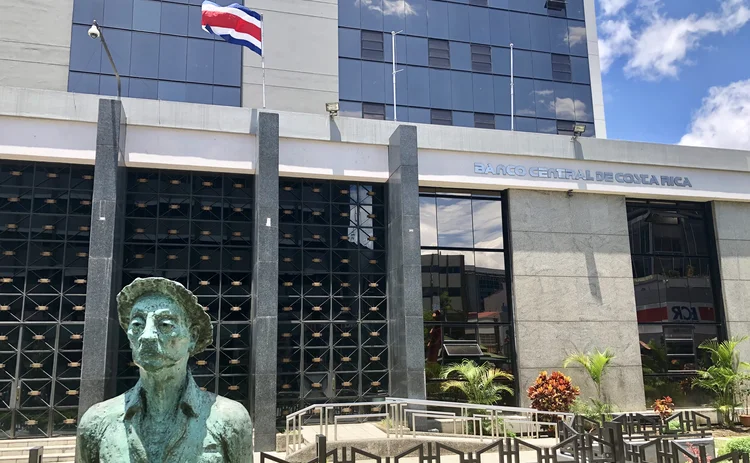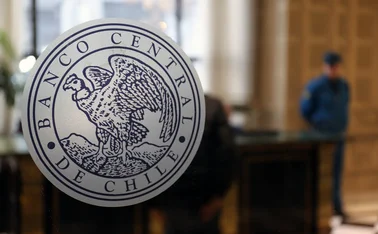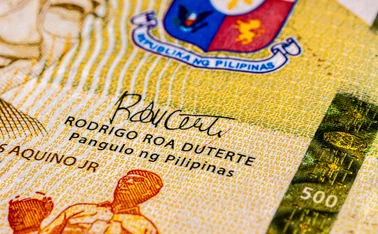
Costa Rica lowers reserve requirements on domestic currency
Move follows IMF recommendation to boost domestic currency use in highly dollarised economy

The Central Bank of Costa Rica is set to lower reserve requirements in an effort to boost credit growth and promote de-dollarisation.
The monetary board agreed to reduce the requirement rate by three percentage points to 12% on the deposits that banks must maintain at the central bank. The adjustment will take effect on June 16.
The central bank has not adjusted the reserve requirement since 2005, and has not reduced it since 2002. The move also follows two interest rate cuts in March and May
Only users who have a paid subscription or are part of a corporate subscription are able to print or copy content.
To access these options, along with all other subscription benefits, please contact info@centralbanking.com or view our subscription options here: subscriptions.centralbanking.com/subscribe
You are currently unable to print this content. Please contact info@centralbanking.com to find out more.
You are currently unable to copy this content. Please contact info@centralbanking.com to find out more.
Copyright Infopro Digital Limited. All rights reserved.
As outlined in our terms and conditions, https://www.infopro-digital.com/terms-and-conditions/subscriptions/ (point 2.4), printing is limited to a single copy.
If you would like to purchase additional rights please email info@centralbanking.com test test test
Copyright Infopro Digital Limited. All rights reserved.
You may share this content using our article tools. As outlined in our terms and conditions, https://www.infopro-digital.com/terms-and-conditions/subscriptions/ (clause 2.4), an Authorised User may only make one copy of the materials for their own personal use. You must also comply with the restrictions in clause 2.5.
If you would like to purchase additional rights please email info@centralbanking.com test test test







